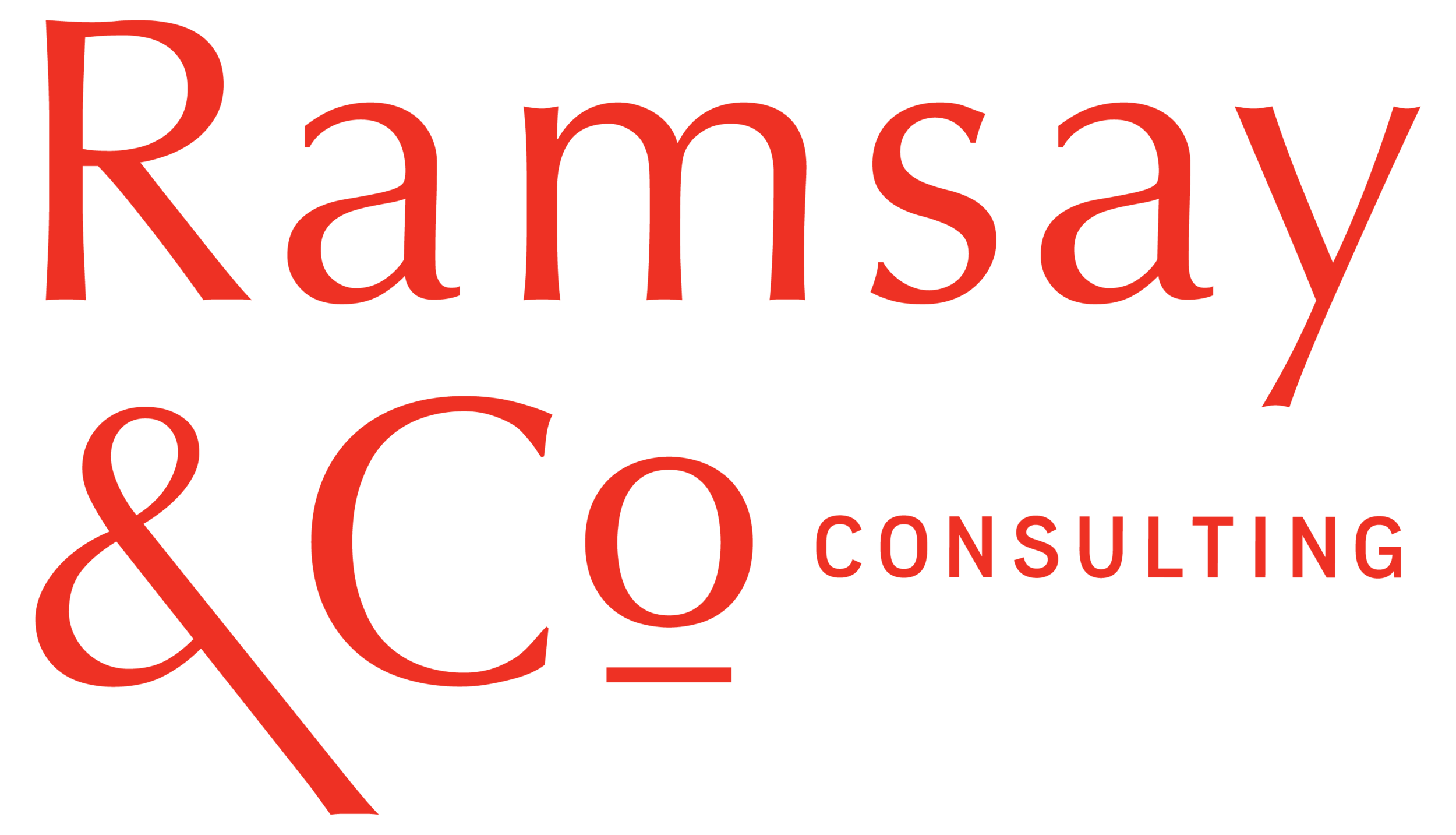#43 A Simple Framework for Organizing Your Stories
Evolution on a classic
I’m a Type A, INFJ, Enneagram 5 Virgo—I’m a BIG believer in structure. In making sense of chaos. Order is in my makeup. The ability to take disparate, seemingly unconnected things, and make sense of them is what makes me a good strategist and storyteller.
It also means I love a framework. A framework is just a way of organizing information so that you can easily reference it and leverage it to make new things. One of my favourite parts of what I do is evolving and developing new frameworks to help my clients understand the strengths of their companies and using those strengths to help evolve their businesses.
I’m currently developing a new storytelling workshop for my brand clients (and figuring out how I can also share it with folks beyond my client work—stay tuned). I’m partway through completing a new framework as part of that process and love it so much I had to share with you. It’s a way of thinking about storytelling that I think I’ll/we’ll be able to apply to stories of all kinds. It takes the classic storytelling elements and reframes them around brand storytelling.
Any framework begins with a clear definition of the elements and that’s what I want to share with you today. I’ve thought about these elements most of my life to write fiction and non-fiction. I’ve also applied this specific framing to my brand clients and found it really helpful in summarizing their story. This is a little bit of me showing you how the sausage is made, but I think you may find it interesting. And helpful if you start to apply these elements to your own storytelling.
Here are the (brand) storytelling elements for you to leverage and consider in your own storytelling efforts:
Protagonist. Every story needs a hero. A brand’s hero is usually their customer. But that’s only after the brand is defined. Until your brand is clearly defined, the brand hero is the brand itself. I dive a bit deeper on the brand as hero idea here. That post also includes a link to a resource that helped set the foundation for this new framework.
The through line is the idea that runs through your story and keeps it consistent and flowing. Your purpose is your through line.
Plot is the key defining moments that drive your story forward. For your brand story, plot is the moments along your hero’s journey with you (the experience you create for them)—Your job as a storyteller is to create moments that matter.
Narrative—the elements that weave your story together—is the ongoing and evolving relationship you have with your customers.
Conflict is their need/problem (that you fulfill) & desire is a specific and unique solution to their need/problem. They go together and any seasoned advertiser will tell you conflict is key to an impactful idea.
Setting is their life within the context of your category.
Tension is created through the cultural context they’re navigating.
Theme (aka voice) is something you create and is the tone and character of your brand.
The definitions of the elements laid out here are an evolution of the brand storytelling elements I shared earlier this year. Because like all good things, my thinking on this continues to evolve as I consider new contexts and I build on what I know. How would you apply these elements to your own storytelling? Share in the comments below.
✓
Stories Well Told
I meditate every morning. It’s something I need to do to start my day in the right frame of mind. When I don’t do it I feel it and my day is worse for having missed it. Generally, I do it in silence, but since I got back into it many years ago, I’ve used the Headspace app as my timer. Over the years they’ve added new features that help contribute to overall wellness. I’m not recommending the app, though I find it helpful, what I am recommending is one of those features. It’s called The Wakeup (ignore the jazzy music in the linked video, that’s not the vibe of them). It’s a daily dose of story in bite sized format. It’s a light easy way to get a bit of story in your life (from the early days of a baby sea otter’s life to John Legend’s take on how music soothes). Honestly it’s a delight and is especially helpful on those mornings when I’m dragging a bit. If you have the app and haven’t checked them out I highly recommend.
Thanks for reading and I’ll “see” you next week. Whatever the world may bring, there will always be important stories that need you to tell them. I’ll be here to help.
If you know someone who has a story to tell and may need some help crafting it, please share this newsletter with them and encourage them to subscribe.
Also, if you’re enjoying this or if there’s something you’d like me to cover in a future letter—an element of your storytelling you may be struggling with, please let me know by leaving a comment below. I’m here to help.
You can follow me on Twitter here, and Instagram here. And you can always reach me through my website.
Chantaie Allick
Writer|Strategist|Storyteller
Thanks for reading Adventures in Storytelling!
Subscribe for free to receive weekly insights and resources for better communication through storytelling.

